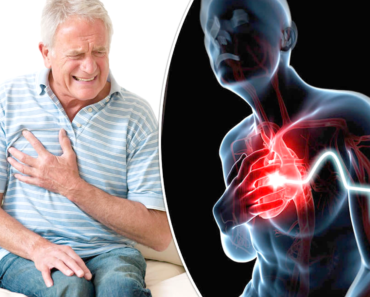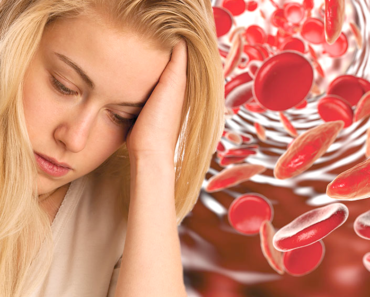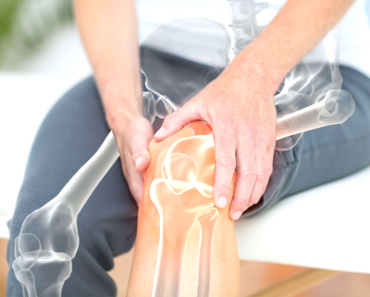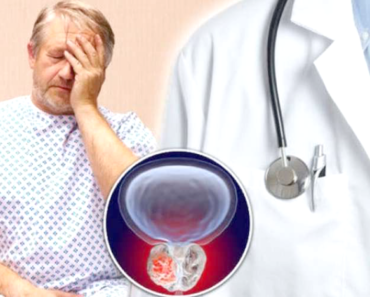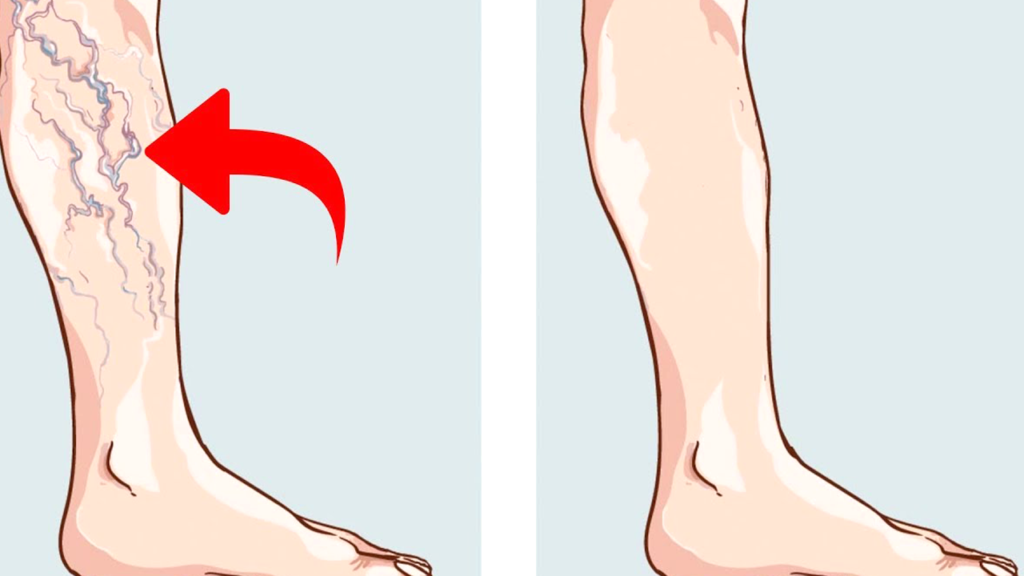
Varicose veins that appear in the legs are often ignored and treated only with cosmetics, when in fact they can cause serious problems ranging from leg ulcers to blood clots, so it’s important to diagnose them early, according to “Express.”
Varicose veins occur when the valves in the veins of the legs stop working properly, which means blood falls through the veins instead of flowing to the heart, and varicose veins can be identified as swollen veins protruding from the legs, but half of those with varicose veins the veins show no signs because many veins with hidden problems remain under the skin until complications arise which reveal their infection with this disease.
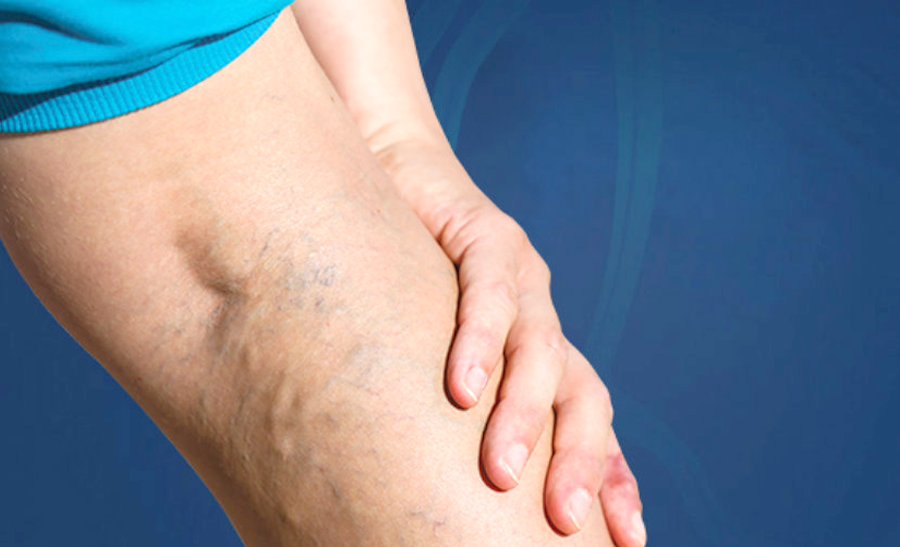
1- Propagation of dark blue or purple veins
They are often called “spider” veins, “filarial” veins or “broken” veins, when about 90% of people with varicose veins are hidden under the skin.
2- Itching, inflammation or dry skin in the veins
Many people do not realize that dry or itchy legs can be an indication of varicose veins, as those who suffer from varicose veins tend to develop varicose eczema which usually affects the lower legs, causing itching and pain. dry skin and is known as “venous eczema.”
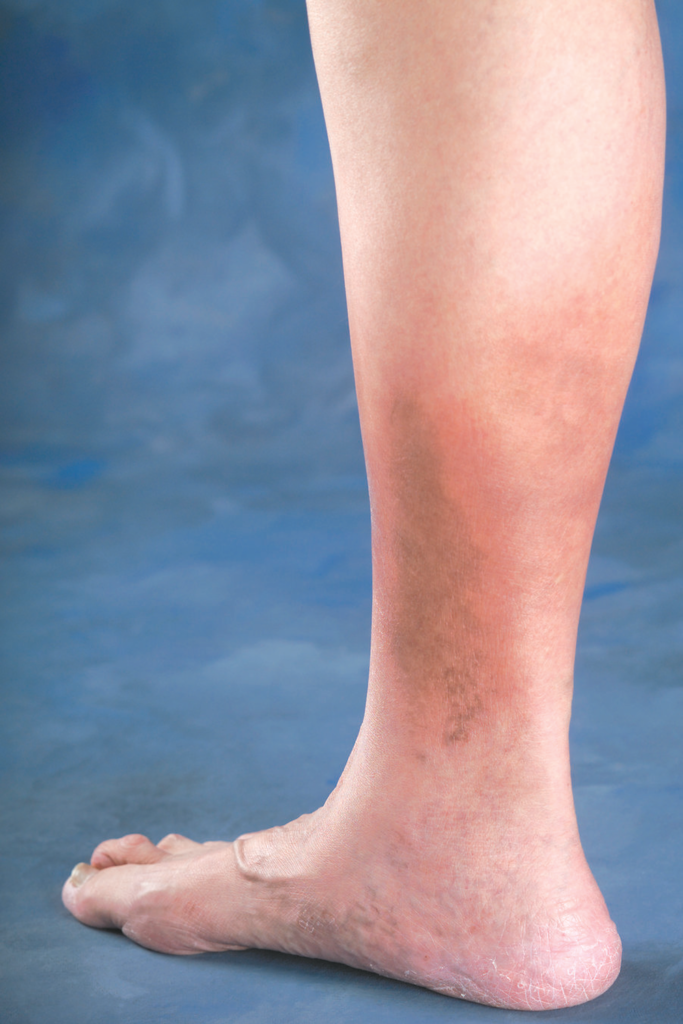
3- The appearance of soft and hard bumps under the skin
When blood coagulates in a varicose vein, the vein becomes a solid mass that is very sensitive to pressure.
4- Yellow, red or brown spots around the ankle
Another major indication of varicose veins, or “hidden varicose veins”, is a lesion of the skin of the ankles that results in yellow, red or brown spots called “hemosiderin”.
5- Swelling, pain or heaviness in the legs and ankles
If you notice that your legs are tired, swollen, heavy, or sore, you may have varicose veins or hidden varicose veins.

